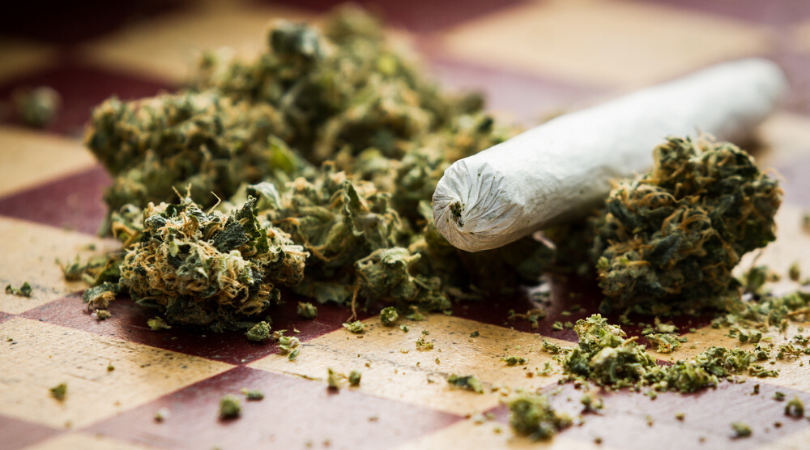Cannabis
20 Ways to Consume Marijuana
There’s a plethora of ways of consuming marijuana. Thanks to the advancements in extraction technology and our continuously expanding knowledge of cannabis compounds, you now have more options than ever.
There is actually no “best” form of consumption because different routes of administration provide different effects on the user.
If you want almost immediate effects and enjoy the aromas and flavors of your strain, inhalation is the way to go.
People seeking longer-lasting high and stronger symptom relief often choose edibles as their go-to way to consume marijuana.
And nothing works better for localized problems than cannabis-infused topicals.
So, choosing the best consumption method boils down to your preferences and priorities (price, health goals, strength, etc.)
In this article, we’ll cover 18 ways to consume marijuana. For your convenience, they come in four categories:
- Inhalation
- Oral ingestion
- Sublingual methods
- Topicals
Let’s get started!
18 Ways to Consume Marijuana
Inhalation
Inhalation is by far the most common method of marijuana consumption today. It also provides the user with the quickest effects because cannabinoids enter the bloodstream through the lungs.
You can either smoke or vaporize your marijuana. Smoking is still more popular than vaping, but it’s also less safe for your health. Many people are switching to vaporizers not only because of the reduced health risks but also for a cleaner high.
Let’s start with the smokeable ways to consume marijuana.
1. Joints
Joints are probably the most common delivery system for cannabis. If you’ve ever watched stoner classics like Dazed and Confused, How High, Up In Smoke, or The Big Lebowski, you probably know very well what joints are.
But for those unfamiliar with this consumption method — joints include ground marijuana buds rolled in papers that are usually made from hemp or rice paper. One hit of a joint and you feel it right away.
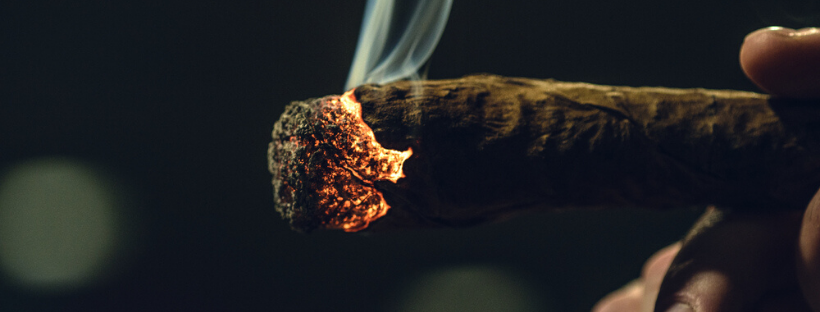
2. Blunts
Blunts are much like joints, save for the rolling material. Blunts use a tobacco leaf or an empty cigar tube where you need to put your weed. Blunts are usually thicker and can pack more weed, which is a great option for parties. However, passing a blunt to a weed purist can make them throw daggers at you.
3. Spliffs
Spliffs are some kind of a European evolution of joints. Since cigarette smoking is more prevalent there — and some people like to save money on weed by throwing something into the mix — spliffs combine cannabis with tobacco. Alternatively, you may use a mix of herbs for inhalation if you dislike the tobacco flavor.
4. Pipes
Pipes allow for an easier and quicker administration of marijuana than joints. You don’t have to play with the prep work by rolling your weed into papers — you just pack the bowl of your pipe with that good and light up!
Bowls usually need to be lit once for each hit, which makes them sort of an on-demand system. This may prove particularly useful for travelers who can’t afford to slowly burn a joint at leisure.
This consumption method is as effective as joints and blunts. However, the smoke will be harsher because there’s nothing to smooth it out in a bowl. Unless, of course, you have a bubbler pipe.
5. Bubblers
A bubbler is just a pipe with additional chamber for holding water. The water you pour into that chamber cools the smoke and filters it from harmful compounds that would otherwise get delivered to your lungs along with the smoke.
6. Bongs
Bongs are the most iconic ways to consume marijuana. They come in plenty of shapes, sizes, and designs and can often be quite gorgeous. Similar to bubblers, bongs have a special water chamber that will filter the smoke as you inhale your ignited buds.
A bong is also way more capacious than a pipe, resulting in bigger hits and a stronger high. These devices can be as simple as a long tube with the bowl and mouthpiece, but they can also feature multiple percolators and ice catchers for extra filtration and convenience.
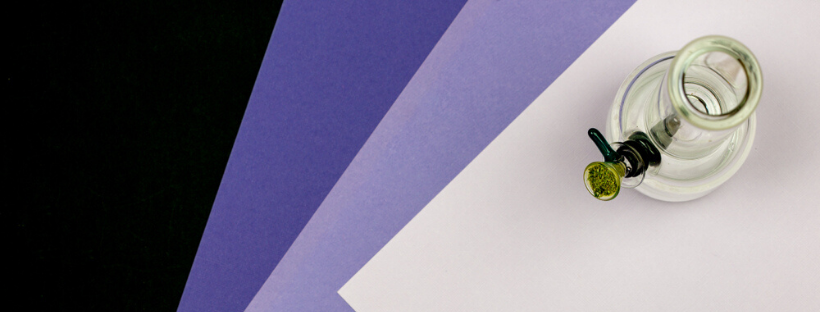
7. Dabs
Dabs are extremely potent extracts of the marijuana plant, usually obtained through Butane Hash Oil (BHO) extraction. The term “dab” refers to a tiny bit of concentrate that the user scoops out with a tool called “dabber”.
Dabs are meant to be smoked with a rig, which is similar to the bong but with special features that allow for flash-vaporization of concentrates. And because dabs are extremely concentrated, you can get super high in no time when you hit them for the first time.
Contrary to what some people believe, dabbing is actually healthier than smoking dry flowers in a joint or bong because it doesn’t involve inhaling the unnecessary plant matter.
8. Vaporizers
Vaporizing is about heating the marijuana to the point where it releases cannabinoid-rich vapor. This consumption method is a healthier alternative to smoking as it doesn’t combust the plant material.
There are two types of vaporizers — desktop and portable. A desktop vaporizer is better for medical use due to the higher efficacy; portable vaporizers, in turn, work great for traveling or those who need their medicine on the go and can’t get home on demand to sit down to their machine.
Vaporizers can be used with both dry herbs and oily concentrates.
9. Moon Rocks
Moon Rocks are a somewhat marijuana experiment rather than a separate consumption method, but they deserve to be mentioned in our list.
Moon rocks are a mix of three marijuana products:
- Dry, cured bud
- THC oil (hash oil or honey oil)
- Kief
To create a moon rock, you just dip a nug of your favorite strain in honey oil and roll it in kief. Once done, you can smoke it just like other marijuana products.
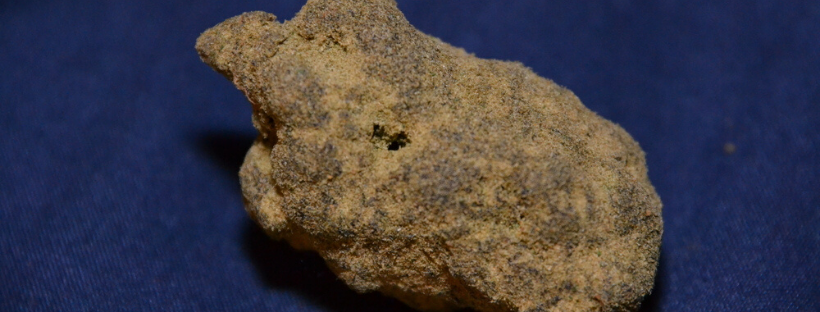
10. Thai Sticks
Thai Sticks were popular between the 1960s and 1970s but it seems that people forgot about them after the end of the Vietnam War.
A Thai stick consists of buds of seedless cannabis poked through with a stem or stick, dipped in THC oil, and rolled into marijuana leaves. Thai sticks look like extra-large cigars made of weed.
Oral Ingestion
Don’t want to inhale your marijuana? Worry not, there are still plenty of other ways to consume it.
Any food recipe containing fat can be transformed into a cannabis-infused recipe. This consumption method has a slower onset than inhalation; the effects often come within about 40 minutes after ingestion, but sometimes, they aren’t felt until over an hour later.
Peak effects of edibles usually come around after two hours, lasting up to six hours or longer (losing on intensity over time).
11. Weed Edibles
As we said, almost every recipe can be tweaked into a weed-infused one. Whether you’re a fan of savory dishes or you want to satisfy your sweet tooth, you’re in for a real treat when cooking with cannabis. Brownies, cookies, cakes, pasta, sauces, dressings — you’ve got many options here.
12. Capsules
Almost every medication out there has a pill form, and cannabis goes by the same token. Marijuana capsules are less common than edibles; they may be a good option if you want to avoid smoking the herb, but the pills are also more concentrated, so make sure you know your optimal dosage first.

13. Beverages
Brewing weed tea and other beverages isn’t a simple process, but it’s possible! Yes, marijuana coffee, wine, and beer are also options. Cannabis drinks aren’t as popular as edibles, but they essentially provide the same effects.
14. Sprays
Marijuana sprains are basically tinctures contained in a spray bottle. They work similarly to breath-freshener spray. You just get one or two squirts and voila — you’re higher than a few minutes before.
Sublingual Methods
Sublingual marijuana products are meant to be used under the tongue. When applied this way, THC absorbs into the bloodstream through sublingual membranes, omitting the first-pass liver effect.
As a result, the results usually come after about 15 minutes. Sublingual products allow for precise dosing but they involve some prep work before using, which many people find inconvenient.
15. Oil Drops
Marijuana oil drops are typically extracted with pressurized CO2 and contained in carrier oil for better absorption and bioavailability. THC and CBD are both fat-soluble, hence the use of carrier oil.
Marijuana oil comes in bottles with a dropper attached to them. To use your oil drops, simply unscrew the dropper, fill it with the desired amount of oil, and apply it under the tongue. Hold it there for about 60 minutes, then swallow.
16. Tinctures
Tinctures are very similar to oil drops but they use a different solvent to extract cannabinoids and terpenes from the plant matter. Tinctures are extracted by soaking marijuana flowers in high-proof alcohol. The longer you soak the buds in the alcohol, the more potent your tincture will get. You can hold it for anywhere between 2 weeks and a few months. Marijuana tinctures also have a longer shelf life than oil drops — up to 36 months.
17. Dissolvable Strips
Dissolvable THC strips are basically small squares of edible paper that get dissolved in saliva. They work pretty much like tinctures but are definitely less common.
Other forms of Application
If you don’t want to ingest or inhale your marijuana, there are still a few methods to try.
Ever heard of marijuana topicals?
Stay awhile and listen.
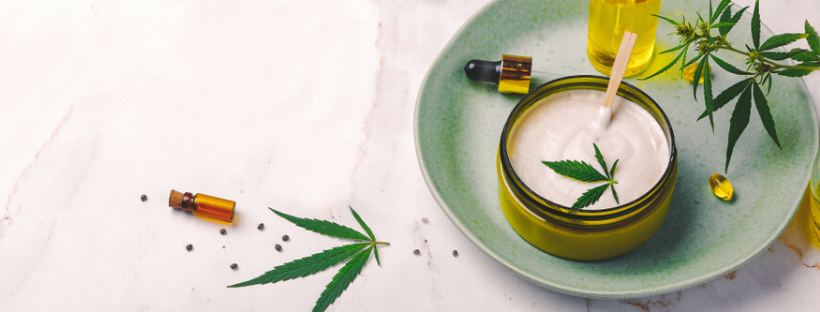
18. Topicals (Creams, Balms, Patches, Lubes, etc.)
Not feeling like getting a cerebral high? Then topicals will be your best bet. As the name suggests, marijuana topicals are applied topically (on the skin) to provide relief from pain, soreness, stiffness, and inflammation. Most often, they are CBD-infused topicals with some THC from the full-spectrum of the plant.
Since CBD topicals are applied directly to the skin, they are good at targeting affected areas on the body.
This makes them perfect for those struggling with anxiety, paranoia, PTSD, pain, and other chronic ailments.
Here are some popular cannabis topicals you can use on top of cream:
- Balms — cannabis balms are lotions that nourish the skin while giving it a decent level of moisture. These products are also often infused with natural essential oils that complement the benefits of cannabis.
- Patches — A transdermal marijuana patch is a thin piece of plastic infused with THC/CBD. It works just like a regular transdermal patch; you need to apply it to a venous part of your body (e.g. the arm, wrist, or ankle). Your body temperature will activate the cannabinoids, causing them to release through your skin and into your bloodstream.
- Lube — cannabis lubes won’t get you high or provide any medicinal effects, but they DO make sex better. And that’s one hell of a reason to use them. Contrary to their name, cannabis lubes are less of an actual lube and more of a massage oil. This distinction is used because these both lube and massage oil provide different effects. For example, lube is used to stimulate sexual intercourse and get you ready to go. Massage oils, on the other hand, are used to relax a couple before sex and unlike lubes, their effects aren’t immediate; they usually take 20–40 minutes to kick in.
Summarizing Different Ways to Consume Marijuana
So there we go, 18 ways to fully indulge in your favorite herbs. Now it’s time to decide what consumption method will work best for you — and give it a shut.
If you don’t have anything against exposing your lungs to smoke, then a classic joint or bowl should satisfy your needs. Alternatively, you may try vaporization if you want to keep your lungs tar-free.
Don’t want to inhale your weed? Try the edibles or sublingual products for a change. They might not hit as fast as inhaled marijuana, but they provide stronger and longer-lasting effects.
For localized problems, we recommend trying cannabis-infused topicals. They are perfect for different types of physical discomfort.
What’s your favorite way to consume marijuana? Are you a dedicated smoker? Vaper? Or are you more into edible forms of weed? Share your thoughts in the comments!


